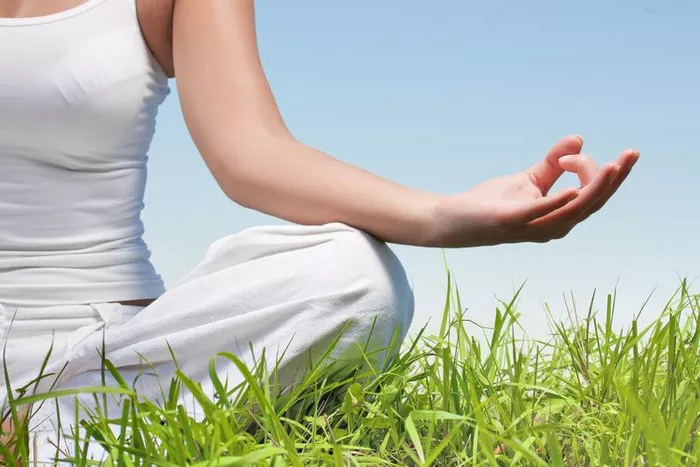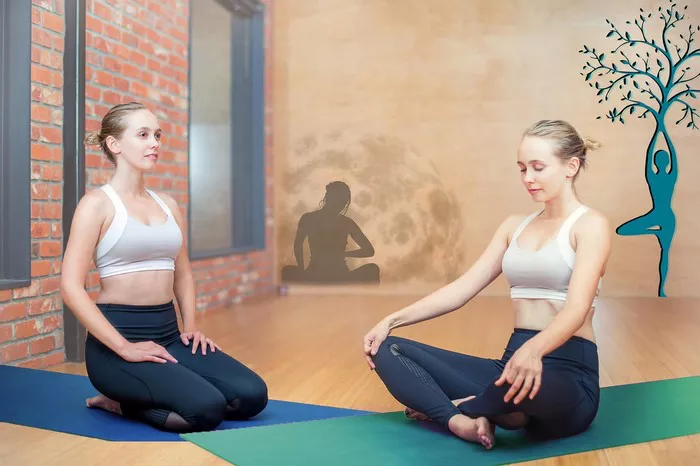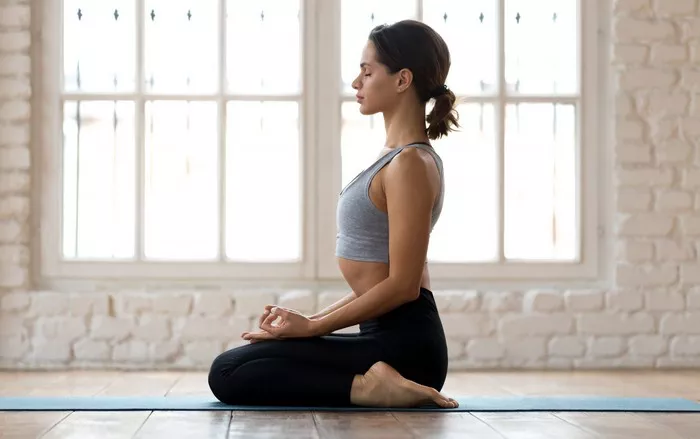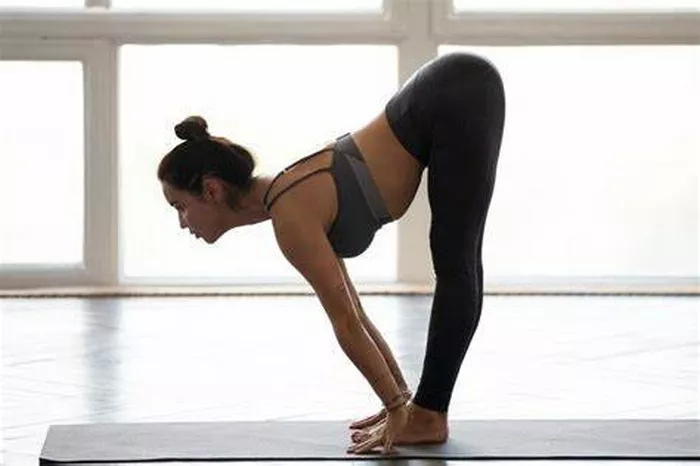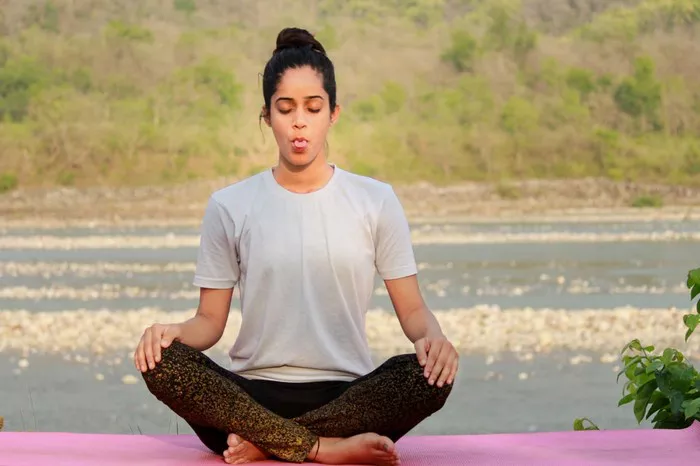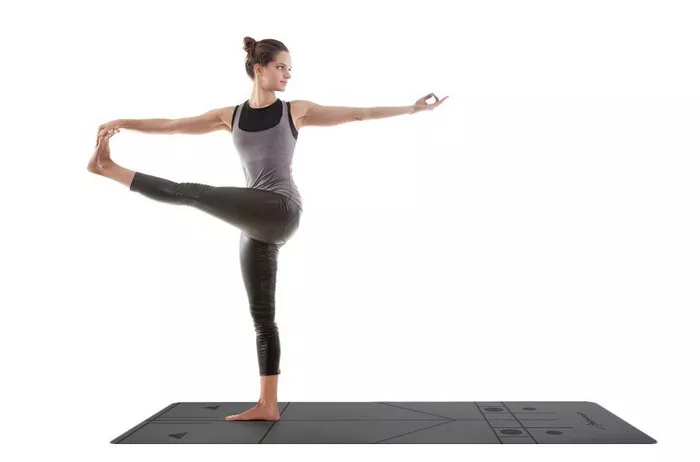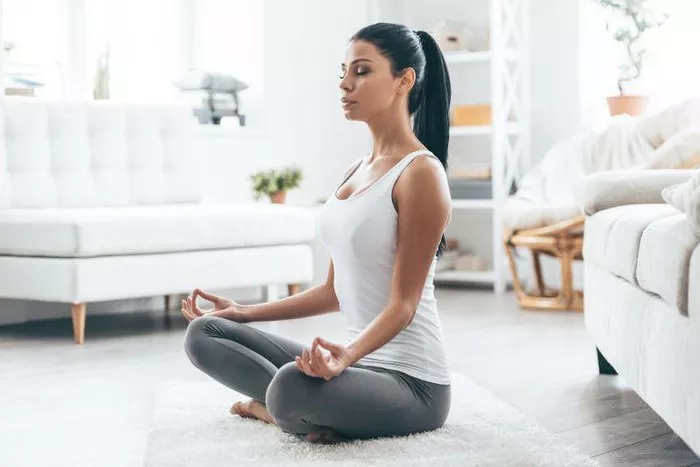Yoga is a transformative practice that enhances flexibility, strength, and mindfulness. While many practitioners focus on perfecting their poses (asanas) through practice and perseverance, using props like yoga belts can significantly improve alignment, deepen stretches, and prevent injuries. A yoga belt, also known as a yoga strap, is an essential tool for both beginners and advanced practitioners. It helps in achieving better posture, maintaining stability, and increasing mobility, making it a valuable addition to any yoga routine.
What is a Yoga Belt?
A yoga belt is a long, sturdy strap made of cotton, nylon, or other durable materials. It typically features a buckle or a D-ring that allows practitioners to adjust its length for various poses. The primary purpose of a yoga belt is to assist in achieving and maintaining proper alignment, especially in postures that require flexibility, balance, or an extended reach.
Yoga belts come in different lengths, usually ranging from six to ten feet, and are available in different widths. Choosing the right belt depends on individual needs, but most practitioners find a standard six- or eight-foot belt suitable for most poses.
Benefits of Using a Yoga Belt
Yoga belts offer multiple advantages, making them an essential prop for practitioners of all levels. Here are some of the key benefits:
1. Improves Flexibility
One of the most common reasons for using a yoga belt is to improve flexibility. Many beginners struggle with tight hamstrings, hips, or shoulders, making certain poses challenging. A yoga belt helps by providing the necessary extension to gradually improve flexibility without forcing the body into uncomfortable positions.
For example, in Paschimottanasana (Seated Forward Bend), a yoga belt can be looped around the feet to help the practitioner stretch forward while keeping the spine straight. This allows for a gradual increase in flexibility over time, reducing the risk of strain or injury.
2. Enhances Alignment and Posture
Proper alignment is crucial in yoga to ensure that the body is positioned safely and effectively. Misalignment can lead to discomfort, muscle strain, or long-term injuries. A yoga belt serves as a guide to maintain correct posture in various poses.
In Utthita Trikonasana (Extended Triangle Pose), a yoga belt can be used to extend the reach of the arms, ensuring that the chest remains open and the spine stays elongated. This prevents unnecessary bending or rounding of the back, allowing for a more effective stretch.
3. Provides Support and Stability
Certain poses require a great deal of balance and stability. A yoga belt can act as a stabilizer, helping practitioners hold poses for longer durations with greater control.
For instance, in Natarajasana (Dancer’s Pose), looping the strap around the foot and holding it with both hands can help improve stability and gradually deepen the backbend without losing balance.
4. Assists in Deepening Stretches
Yoga belts help in deepening stretches safely, allowing practitioners to explore their range of motion without overstraining muscles.
In Supta Padangusthasana (Reclining Hand-to-Big-Toe Pose), using a yoga belt around the foot helps to stretch the hamstrings and calves while keeping the back flat on the ground. Without the belt, some practitioners might strain their lower back by trying to reach the foot forcefully.
5. Helps with Injury Prevention and Rehabilitation
For those recovering from injuries or dealing with physical limitations, a yoga belt is an excellent tool for modifying poses without causing further harm. It allows for gentle stretching and mobility without putting excessive strain on the muscles or joints.
For example, individuals with tight shoulders can use a yoga belt in Gomukhasana (Cow Face Pose) to bridge the gap between their hands if they cannot clasp them behind their back. This helps in gradually opening up the shoulders without forcing a stretch.
6. Encourages Longer Hold Times
Holding a yoga pose for an extended period enhances strength and endurance. However, some poses may be difficult to sustain without additional support. A yoga belt can reduce strain and allow practitioners to hold postures for longer durations.
In Setu Bandhasana (Bridge Pose), a yoga belt wrapped around the thighs can prevent the knees from splaying outward, ensuring correct form and reducing unnecessary tension.
How to Use a Yoga Belt in Your Practice
Yoga belts can be incorporated into various poses to maximize their benefits. Here are a few ways to use them effectively:
- For Hamstring and Leg Stretches: In seated or reclining positions, loop the belt around the feet to extend your reach and gently stretch the hamstrings without straining the lower back.
- For Shoulder Opening: Hold the belt with both hands behind your back to help open up the chest and shoulders in poses like Gomukhasana or Cow Face Pose.
- For Balance and Stability: Use the belt as a support tool in standing poses, such as Tree Pose, by looping it around the foot and holding onto it for extra stability.
- For Binding Poses: If you cannot reach your hands in poses like Marichyasana (Marichi’s Pose), use the belt to bridge the gap and gradually increase flexibility.
Choosing the Right Yoga Belt
When selecting a yoga belt, consider the following factors:
- Material: Cotton belts provide a good grip and durability, while nylon belts are smooth and more flexible.
- Length: A six-foot belt is suitable for most practitioners, but taller individuals or those looking for more versatility may prefer an eight- or ten-foot belt.
- Buckle Type: D-ring buckles are easy to adjust, while snap buckles provide a secure fit. Choose based on personal preference and ease of use.
Who Can Benefit from a Yoga Belt?
Yoga belts are beneficial for everyone, from beginners to advanced practitioners:
- Beginners: Helps in modifying poses and gradually improving flexibility.
- Intermediate Practitioners: Aids in refining alignment and deepening postures.
- Advanced Yogis: Assists in challenging poses and enhances body awareness.
- Individuals with Injuries: Provides gentle support to prevent strain and promote recovery.
- Elderly or Limited Mobility Individuals: Allows for safe stretching and movement without overexertion.
Conclusion
A yoga belt is a simple yet powerful tool that enhances the quality of your practice. It helps in improving flexibility, maintaining proper alignment, providing support, and preventing injuries. Whether you are a beginner looking to ease into poses or an advanced yogi aiming to deepen your practice, incorporating a yoga belt can bring significant benefits.
By using a yoga belt mindfully, you can progress safely and effectively in your yoga journey, making your practice more enjoyable and rewarding.
Related topics


